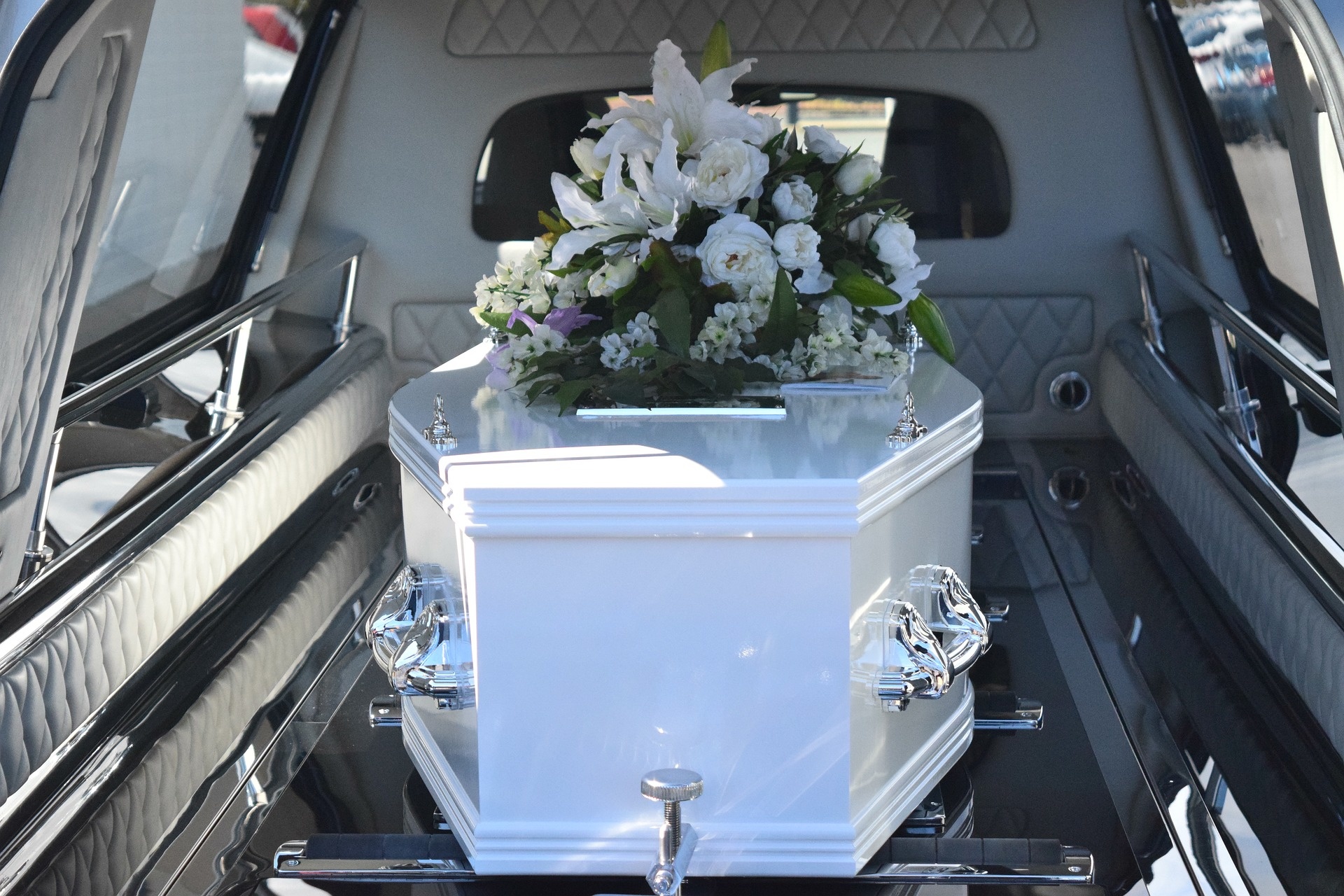
The death of a loved one creates an emotional whirlwind of feelings and responsibilities. And one important aspect of death that often gets overlooked is just how expensive it is to die. The Bureau of Labor Statistics reports that the price of funerals in the United States has risen 227% in the last 30 years;




